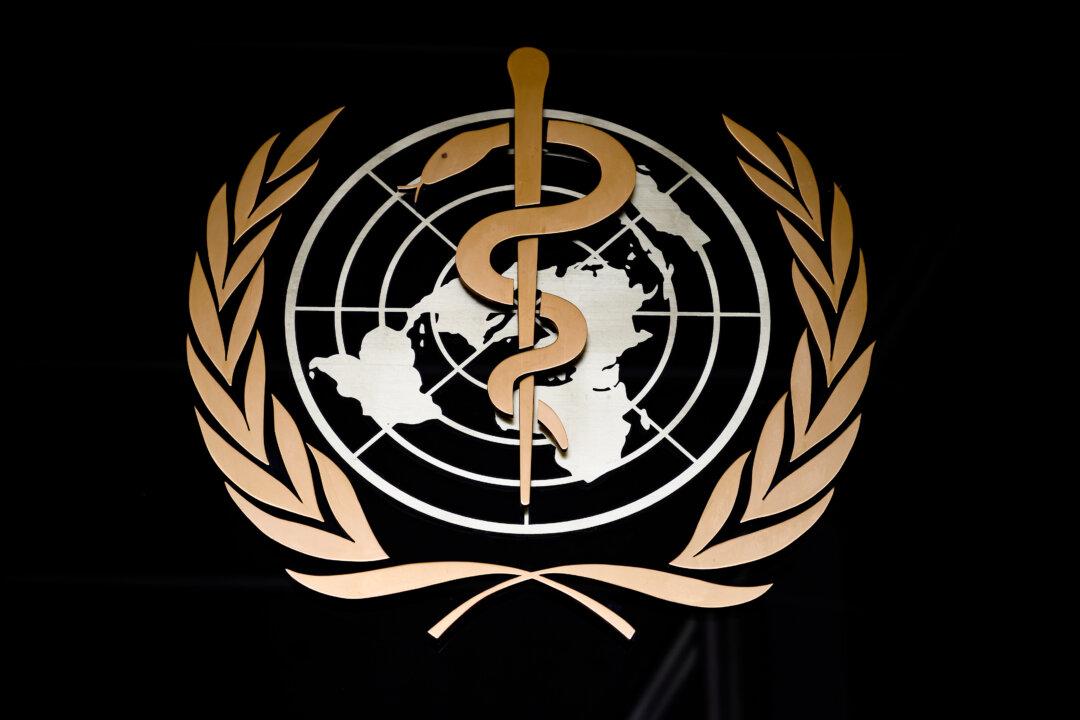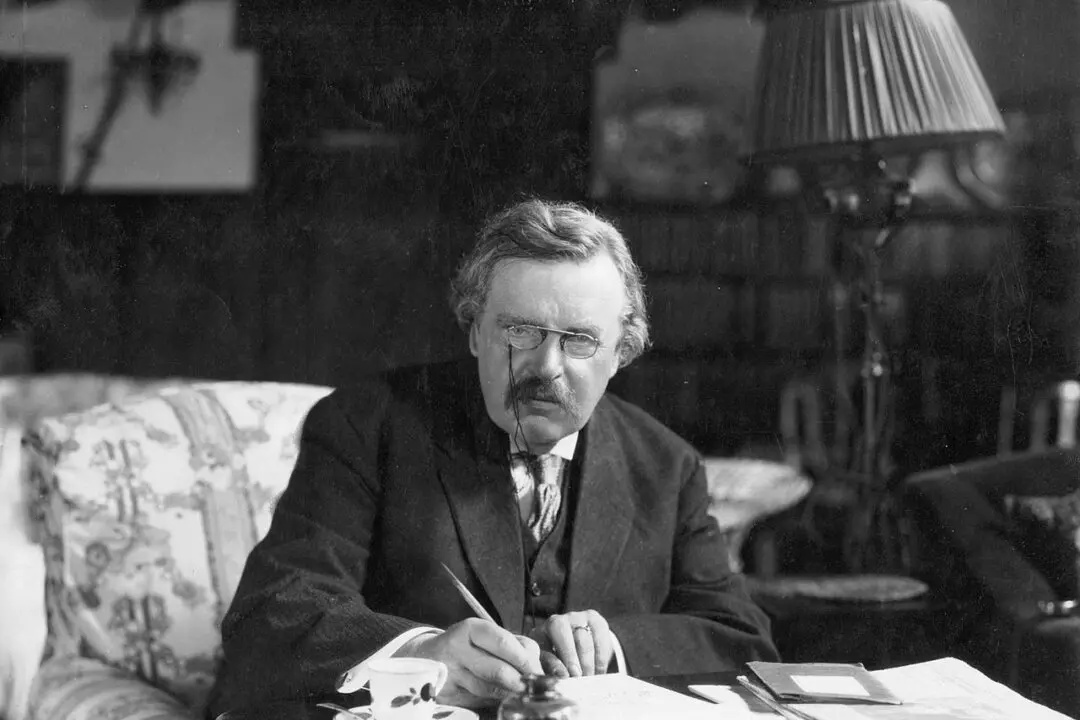Commentary
The World Health Organization (WHO) has announced a dramatic reduction in the size of its leadership team—from 14 to seven people, along with budget cuts of 25 percent. It is dealing with a loss of funding from the withdrawal of the United States. The WHO will scramble to have private philanthropy and corporate donations make up the difference.





